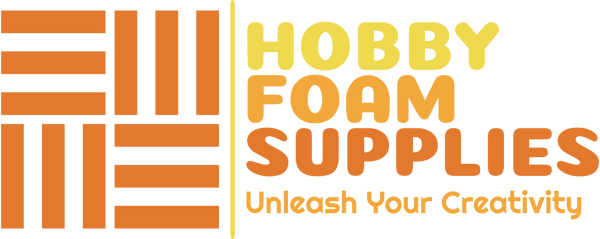Creating a Wind Turbine Model with XPS Foam
Project Overview: In this project, 9th or 10th-grade students will have the opportunity to explore renewable energy sources by designing and constructing a model wind turbine using XPS foam. This project combines science, engineering, and creativity.
Materials Needed:
- XPS foam sheets
- Wooden dowels or sticks
- Small generator or motor
- Craft blades (plastic, wooden, or cardboard)
- Glue
- Craft paints and brushes
- Strong tape or adhesive putty
- Small LED or light bulb
- Wires and electrical connectors
- Small base or platform
- A small fan (for testing)
Steps to Create the Wind Turbine Model:
-
Research Wind Turbines: Begin by researching how real wind turbines work. Understand the key components, such as the tower, blades, generator, and electrical connections.
-
Design Your Model: Create a design for your wind turbine model. Decide on the size and shape of the blades, the tower's height, and the location for the generator.
-
Construct the Tower: Cut and shape XPS foam sheets to create the tower. Attach it to a sturdy base or platform.
-
Build the Blades: Craft blades from XPS foam, ensuring they are aerodynamic in shape. Paint them if desired.
-
Attach Blades and Generator : Attach the blades to the generator or motor and securely mount this assembly on top of the tower.
-
Wiring and Lighting : Connect the generator to a small LED or light bulb using wires and connectors. This will demonstrate the generation of electricity when the wind turns the blades.
-
Test with a Fan: Use a small fan to simulate wind. Observe how your wind turbine generates electricity and lights up the bulb when exposed to wind.
-
Data Collection : Record data on how wind speed affects power generation. Experiment with different blade designs and tower heights to optimise your model.
-
Presentation: Prepare a presentation explaining the science behind wind energy and your model's construction, operation, and results.
Learning Objectives:
- Understanding of wind energy and wind turbines.
- Hands-on experience in designing and building a functional model.
- Data collection and analysis skills to assess the model's performance.
- Presentation skills to communicate findings and insights.

